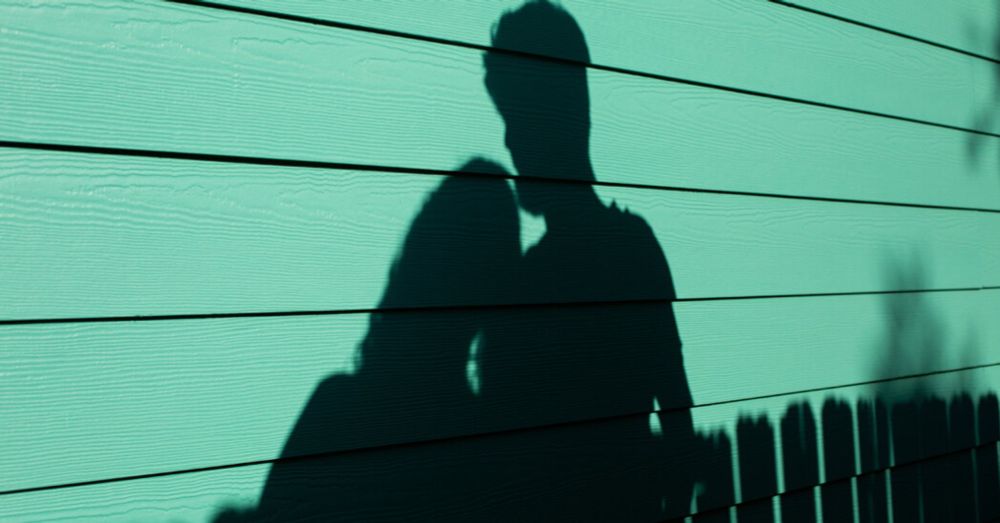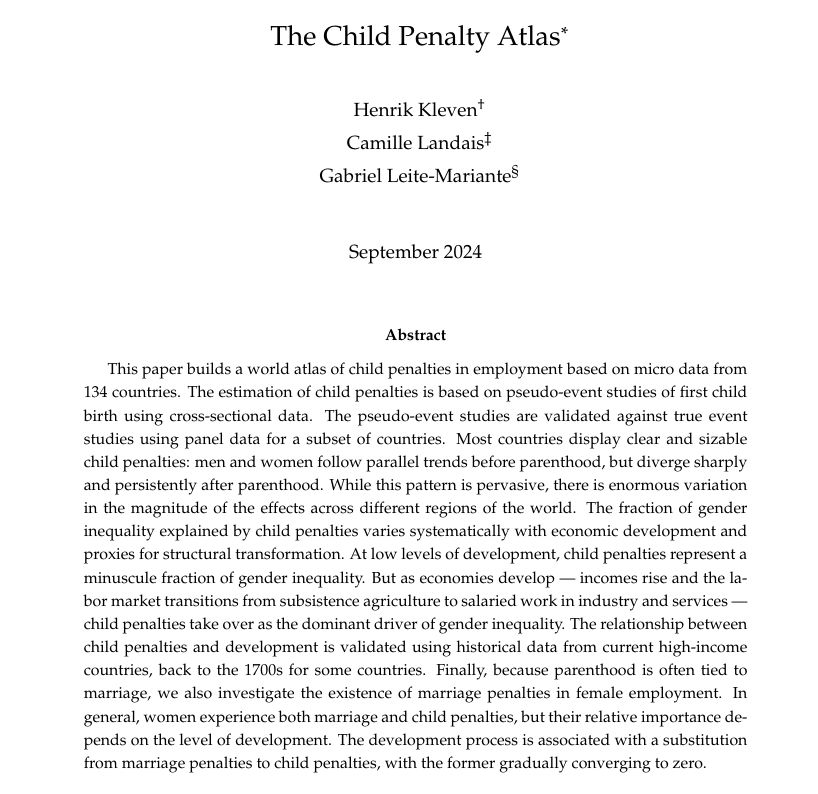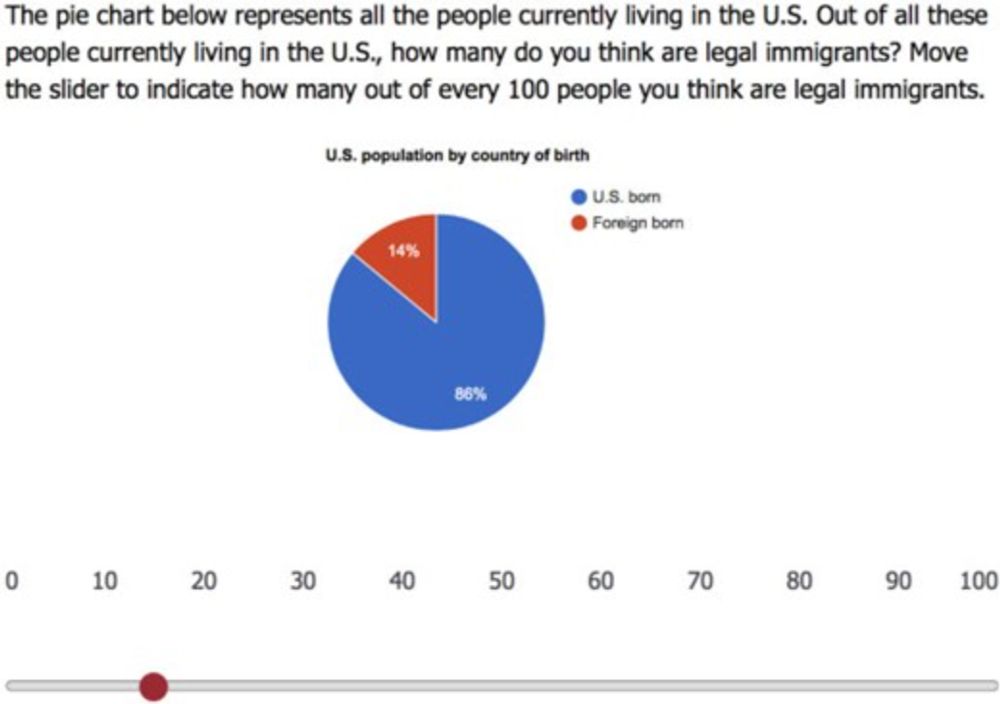Maria L. Andersen
@mlandersen.bsky.social
1.7K followers
320 following
15 posts
PhD fellow at the Norwegian Institute of Public Health. Researching parenthood and inequalities in mental health using population-based registries. Also fan of long-distance trail running🌲|| Interests: public/labour/gender econ & social policy
Posts
Media
Videos
Starter Packs
Pinned
Maria L. Andersen
@mlandersen.bsky.social
· Jan 14
Jonathan Wörn
@jowoern.bsky.social
· Dec 16

PhD-position on the interplay of mental health and social media use
We offer a 3-year position as a PhD-student in the project Drivers and Implications of the Mental Health Decline among the Young (YoungPsych), which is funded by the Research Council of Norway. The pr...
945000.webcruiter.no
Maria L. Andersen
@mlandersen.bsky.social
· Nov 19
Maria L. Andersen
@mlandersen.bsky.social
· Nov 19
Maria L. Andersen
@mlandersen.bsky.social
· Nov 19
Maria L. Andersen
@mlandersen.bsky.social
· Nov 18
Maria L. Andersen
@mlandersen.bsky.social
· Nov 18
Maria L. Andersen
@mlandersen.bsky.social
· Nov 17
Maria L. Andersen
@mlandersen.bsky.social
· Nov 15
Maria L. Andersen
@mlandersen.bsky.social
· Nov 14
Maria L. Andersen
@mlandersen.bsky.social
· Nov 14
Maria L. Andersen
@mlandersen.bsky.social
· Nov 14
Maria L. Andersen
@mlandersen.bsky.social
· Nov 14
Reposted by Maria L. Andersen
Reposted by Maria L. Andersen
Maria L. Andersen
@mlandersen.bsky.social
· Nov 12
Reposted by Maria L. Andersen
Reposted by Maria L. Andersen







